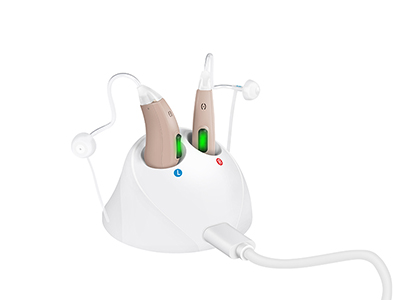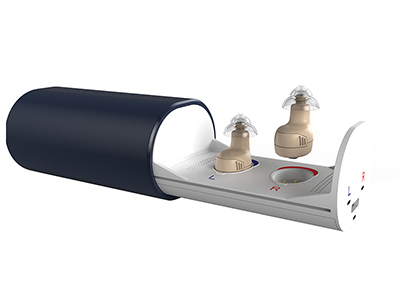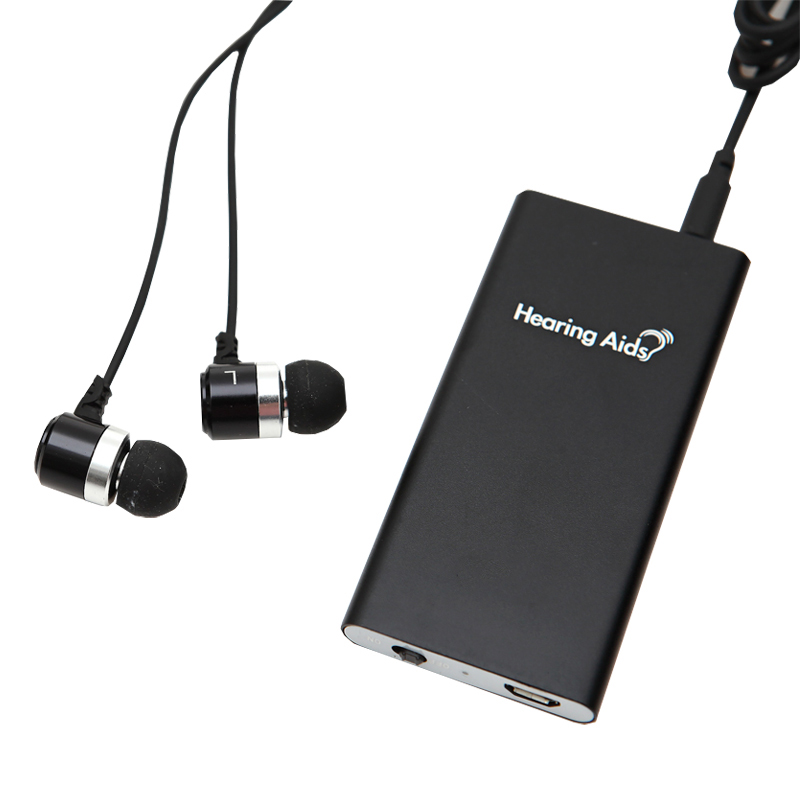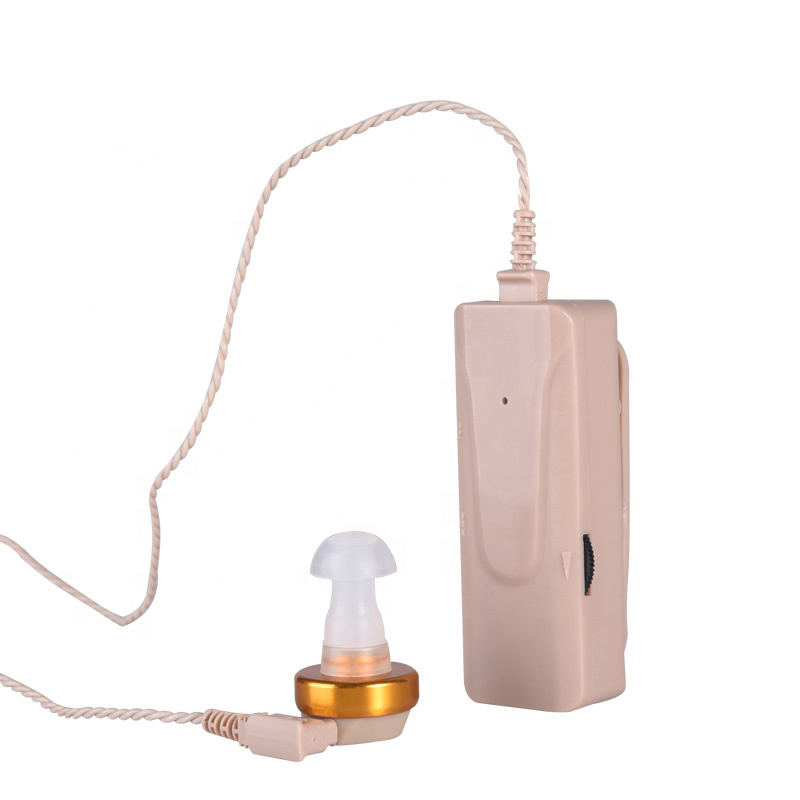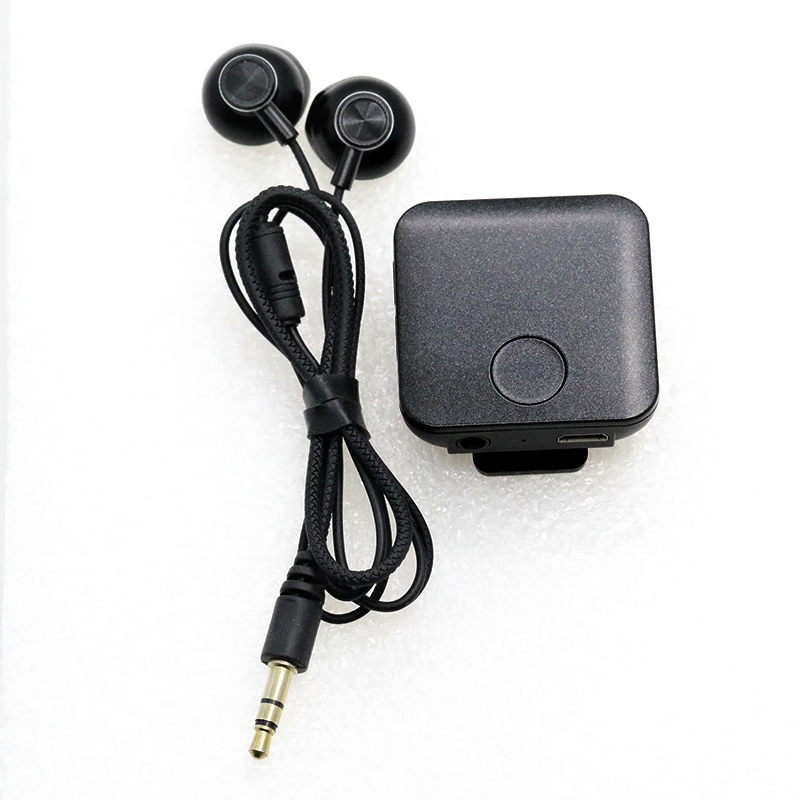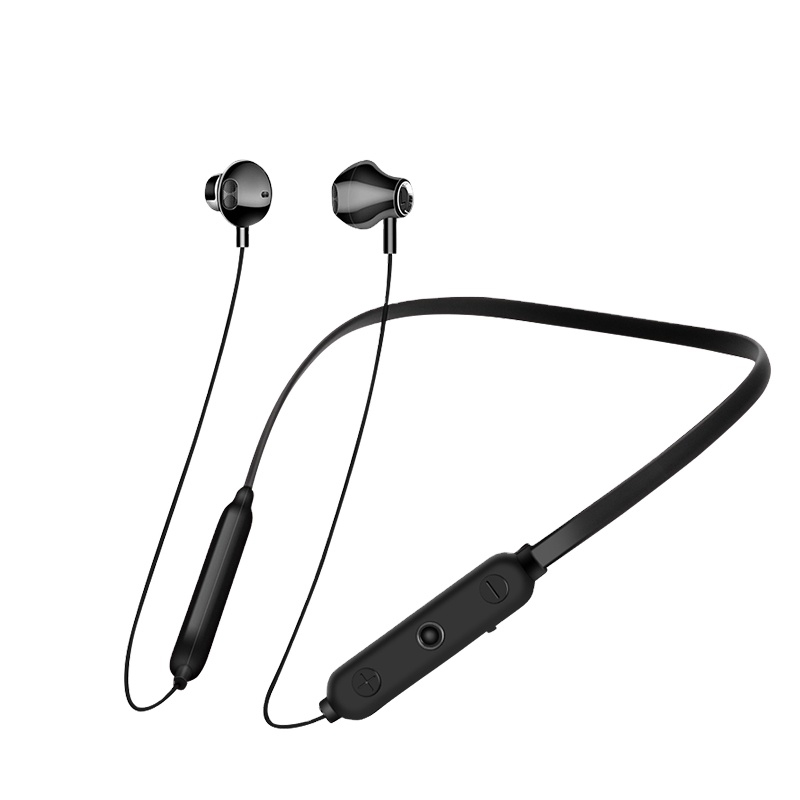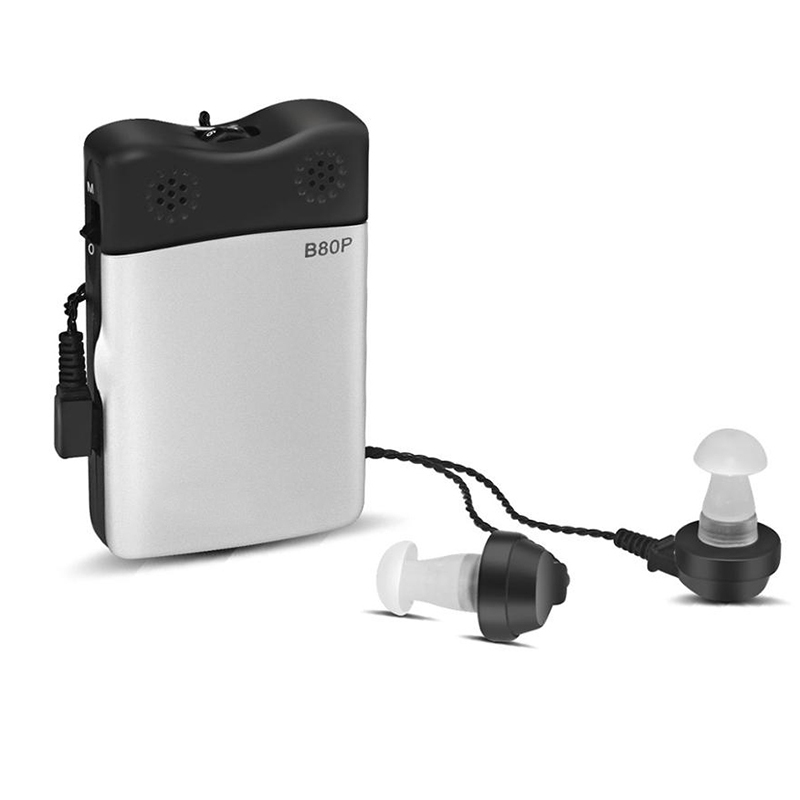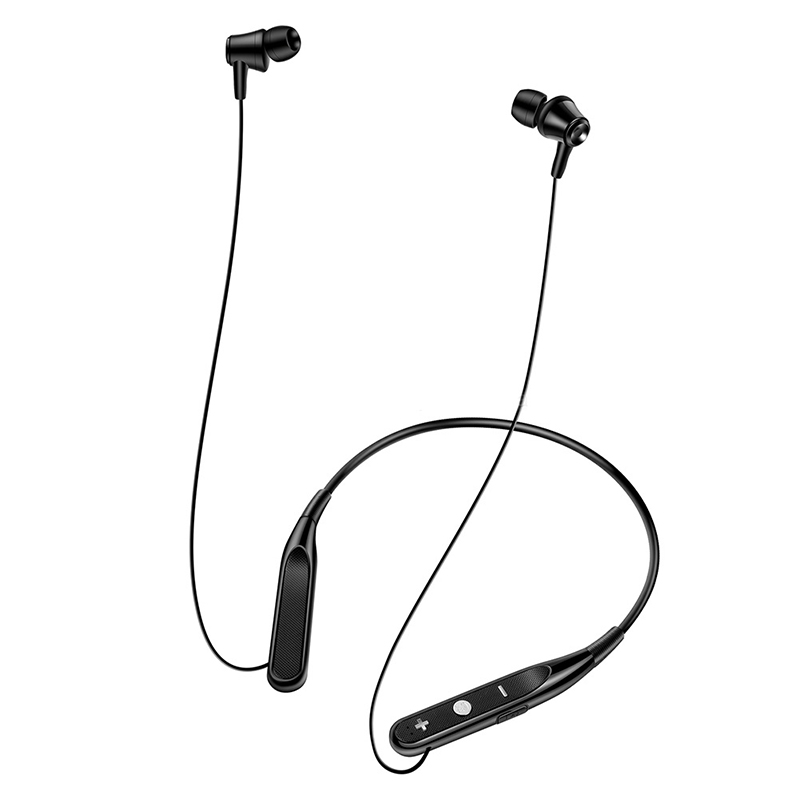As the technology improves,hearing aids with rechargeable batteries are quickly becoming the more popular option for people who has hearing loss and need hearing aids to enhance their hearing ability.
Hearing aids usually are powered by Disposable button batteries or rechargeable batteries which cannot be removed,hearing aids use disposable and rechargeable battery is not common.
1.Disposable hearing aid batteries are removable and require you to replace new batteries in every few days to weeks, depending on your hearing aids.
2.Rechargeable means the battery can be docked on a charger at night and are not need removed from the device. You may hear "rechargeable hearing aids" or "hearing aids with rechargeable batteries",they are the same.
3.Rechargeable and disposable hearing aid batteries do exist, but they are uncommon. These batteries need to be removed and charged at least nightly, and replaced every few months. A separate charger is required.
People prefer hearing aids with disposable batteries or recharge hearing aids depending on their circumstances.
Rechargeable hearing aids have built-in batteries that do not require regular removal, unlike hearing aids with traditional disposable batteries. Instead of removing the batteries themselves, you dock your hearing aids each night on a charging unit, similar to how smartphones recharge.
Most rechargeable hearing aids are best-suited for people with degrees of hearing loss ranging from mild to moderate. Of cource, rechargeable powerful hearing aids for people with severe to profound hearing loss are available from some brands.
So how do you decide if rechargeable hearing aids are right for you? It's a personal decision based on preferences and finances. Knowing the advantages and disadvantages of hearing aids with rechargeable hearing aids can go a long way to helping you and your hearing care practitioner pick the best style for you.
Advantages of rechargeable hearing aids:
1.Long shelf life. Current generations use lithium ion batteries, which can hold a charge for up to 30 hours and last approximately five years before they need to be replaced, although this can vary a lot depending on how much you use battery-draining features, such as wireless streaming. (Meanwhile, hearing aids with disposable batteries require you to swap in new batteries every few days to weeks, depending on the hearing aid model.)
2.Safer for kids. Disposable button batteries are extremely dangerous if accidentally swallowed by pets or kids, yet it happens fairly often. Rechargeable hearing aids don't pose this risk, unless the entire hearing aid is swallowed (which does happen!).
3.Environmentally friendly. Because you're recharging batteries instead of buying new ones, you're creating less waste. However, all batteries are environmentally hazardous when not disposed of correctly.
4.Easier to handle. People who have dexterity issues or those who don't want to worry about constantly buying and changing batteries might benefit from wearing rechargeable hearing instruments. That's because disposable batteries tend to be tiny, and the packaging can be difficult to manipulate
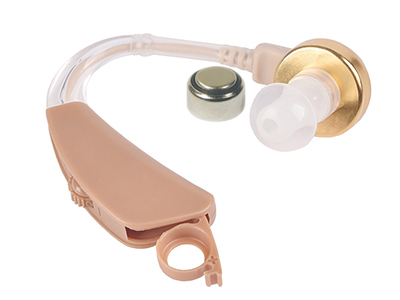
Disadvantages of rechargeable hearing aids:
1.Not everyone is well suited to wear rechargeable hearing technology.Someone with a highly active lifestyle may need immediate access and not have time to recharge,In these situations, it's much easier to just pop in a new set of batteries.
2.Lack of user control. In many rechargeable hearing aids, the battery is encased in the instrument and the user cannot remove it themselves.If it happens the battery has to be replaced, you usually have a down time where you don't have your hearing aids. That can be inconvenient because even a loaner (hearing aid) doesn't have your particular settings.
3.Dependency on a charging unit. It takes about three hours for most hearing aid models to recharge. The battery does have to be recharged every single day.If you interrupt the charge cycle and assume your batteries are charged and fully functional and then get into your day, one of your instruments may stop working. You also have to deal with what happens if you forget your charger, it stops working or the cord goes bad. Most people don't carry an extra charger with them.
4.Additional upfront cost. Contrary to popular belief, rechargeable hearing aids aren't any less expensive than their traditional counterparts. Cross said that, although every hearing center sets its own policies, the cost of the charging unit ($250-$300) as well as the cost for replacement batteries ($25-$35) aren't typically included in the price of the hearing instruments. Over the lifetime of your hearing aids, though, you may spend less since you don't have to keep buying new batteries.
5.Fewer hearing aid styles to choose from. Most rechargeable hearing aids are worn behind-the-ear, connected to a small speaker that's worn inside the ear. If you're interested in smaller models that fit completely within the ear, you likely won't get to use rechargeable batteries.
Rechargeable hearing aid instruments will become even more commonplace as sound quality, battery efficiency and interchangeability, and cosmetic appeal continue to improve.
Of course, there are plenty of other factors to consider when buying a hearing aid, so it's important to talk in depth with your hearing care professional about the best hearing aid for you--which may or may not come with rechargeable batteries.

